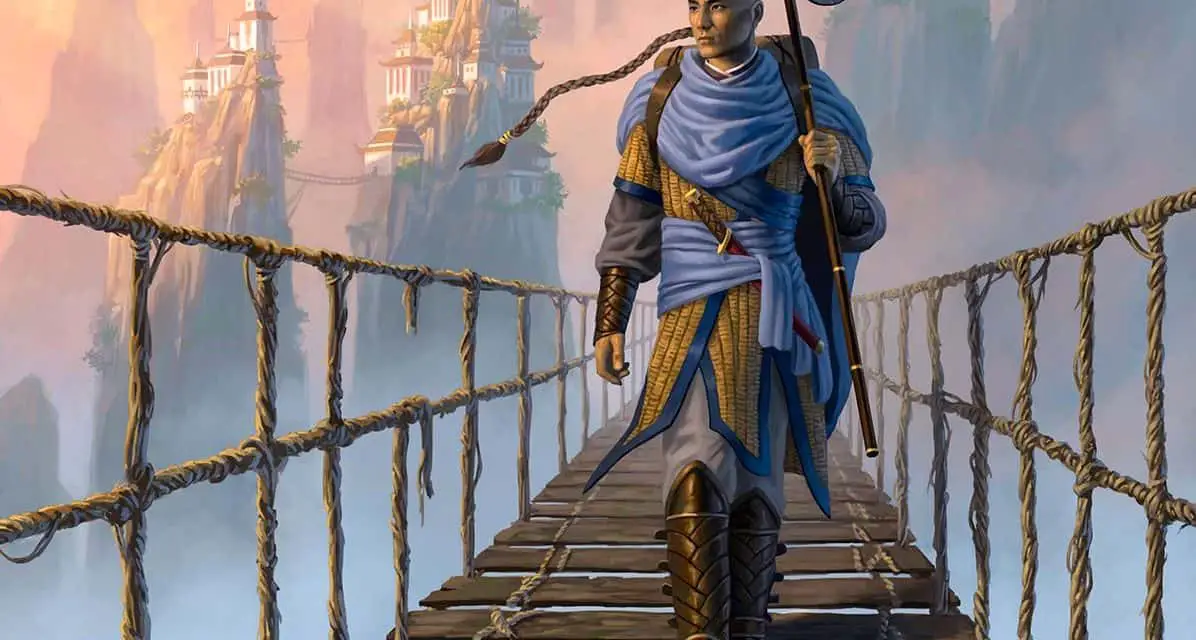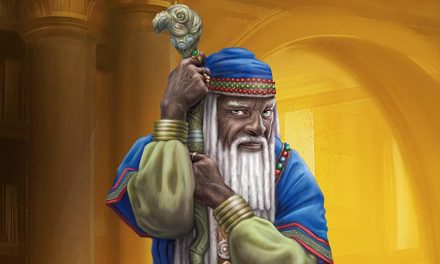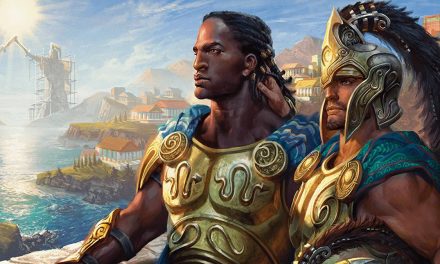Few things in D&D 5e are as hated by Dungeon Masters as the Monk’s Stunning Strike feature.
In fact, I’ve even seen DMs ban people from playing Monks in their game because they don’t want to deal with Stunning Strike shenanigans.
But, honestly, that’s excessive.
There are plenty of ways that DMs can keep combat engaging and challenging without unfairly shutting down their Monk players.
So, let’s talk about it!
This is how to deal with Stunning Strike for DMs!
Why Is Stunning Strike So Frustrating for DMs?
Many DMs find the Monk’s Stunning Strike so frustrating because it can potentially shut down otherwise difficult encounters. This is especially true if it’s being used against a villain or other big bad that the DM has been hyping up for quite some time!
But I think there’s another less-spoken reason that DMs find Stunning Strike so frustrating… Specifically, it forces them to almost entirely rethink how they build and design encounters.
And because Monks get this feature at level 5, it’s getting used much sooner than many DMs are probably comfortable with!
We’ve already gone over the ins and outs of what Stunning Strike is and how it’s used in its own article. If you need a refresher, you can check that article out here.
Without factoring it into encounters, combat can be made into something almost trivial. Each fight sees the Monk stunning the main target and the rest of the party following up with a dogpile.
Rinse and repeat. Rinse and repeat.
Combat over.
I have to confess, I used to get frustrated and overwhelmed at this as well. But if we view this as the opportunity that it is, we’ll be much better DMs for it in the end!
Rule Number One
But before we get into how to deal with the Monk’s Stunning Strike, we have to first cover something incredibly important.
Let players do cool stuff.
As Dungeon Masters, we want to keep combat fun and challenging. There is a difference between trying to do that and unfairly “hard-countering” a player.
At the end of the day, everyone is wanting to play the game and have a fun time. If you’re bullying your Monk player to the point that they feel useless and unable to use one of their most important features, that’s not cool.
While they won’t be able to steamroll through every encounter if you’re using the tips that we cover in this article, you should still provide opportunities for them to feel heroic.
Remember: balance is the name of the game here.
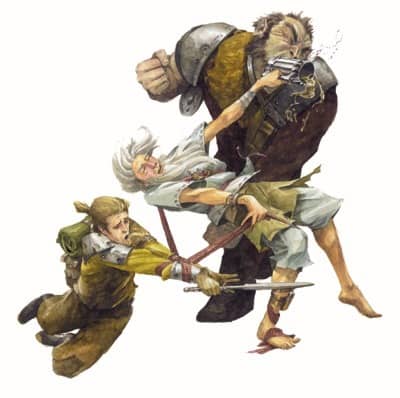
Dealing With Stunning Strike
Use High Constitution Enemies
Stunning Strike forces the target to make a Constitution saving throw. This is made against the Monk’s Ki Save DC.
Monks juggle three very important ability scores: Dexterity, Constitution, and Wisdom. While their Wisdom determines their Ki Save DC, most Monks will usually focus more heavily on their Dexterity.
This means it’s rare for the save DC against Stunning Strike to be as high as it could be.
Additionally, there are plenty of enemies and monsters with high Constitution scores. Such tough enemies will have an easier time resisting the effects of Stunning Strike.
I’ll include a few standout enemies with high Constitution scores below that are worth considering.
| CR | Monsters |
| 5 – 8 | Barbed Devil, Bulette, Chain Devil, Chimera, Drider, Elementals (especially Earth and Water), Flesh Golem, Gorgon, Giants (any), Hydra, Oni, Otyugh, Shield Guardian, Troll, Tyrannosaurus Rex, Vrock, Xorn |
| 9 – 12 | Bone Devil, Clay Golem, Genies, Glabrezu, Horned Devil, Remorhaz, Roc |
| 13 – 15 | Beholder, Ice Devil, Mummy Lord, Nalfeshnee, Purple Worm, Rakshasa, Vampire |
| 16+ | Balor, Death Knight, Dragon Turtle, Goristro, Iron Golem, Kraken, Pit Fiend, Tarrasque (of course) |
Additionally, even young dragons have respectable Constitution scores. At any level, Dragons are usually tough enough to resist Stunning Strike.
Make sure that you’re using these tougher enemies.
Also, note that there are a handful of enemies that are also immune to being stunned in D&D 5e. This includes Helmed Horrors, Revenants, and Demiliches.
Related: Keeping Combat Engaging in D&D 5e
Have Multiple Threats
If you’re only throwing a single enemy at your party, you’re already giving the party a massive advantage. Because of the action economy, they’ll make mincemeat out of your baddie in no time at all.
In other words, for every turn that your monster is getting, the party is able to do WAY more things.
Of course, this problem is made even more clear if the lone enemy gets smacked with Stunning Strike.
Now, the monster isn’t even able to do anything on their turn because they’ve been stunned. What’s more, all of the party members are attacking them with advantage!
It can be a pretty miserable experience.
Because of that, you want to make sure that you have multiple threats on the battlefield.
While the Monk attempts to stun an enemy, there will be plenty of other foes for the party to deal with instead of just dogpiling on the one helpless enemy.
You can have multiple threats right from the beginning of combat, but you might also have more nearby enemies enter the combat as they come to investigate the commotion.
The Monk will still be looking for high-priority enemies to target and stun.
This gives them a chance to use their cool features in meaningful ways while also not serving as an immediate “I Win!” button for the encounter.
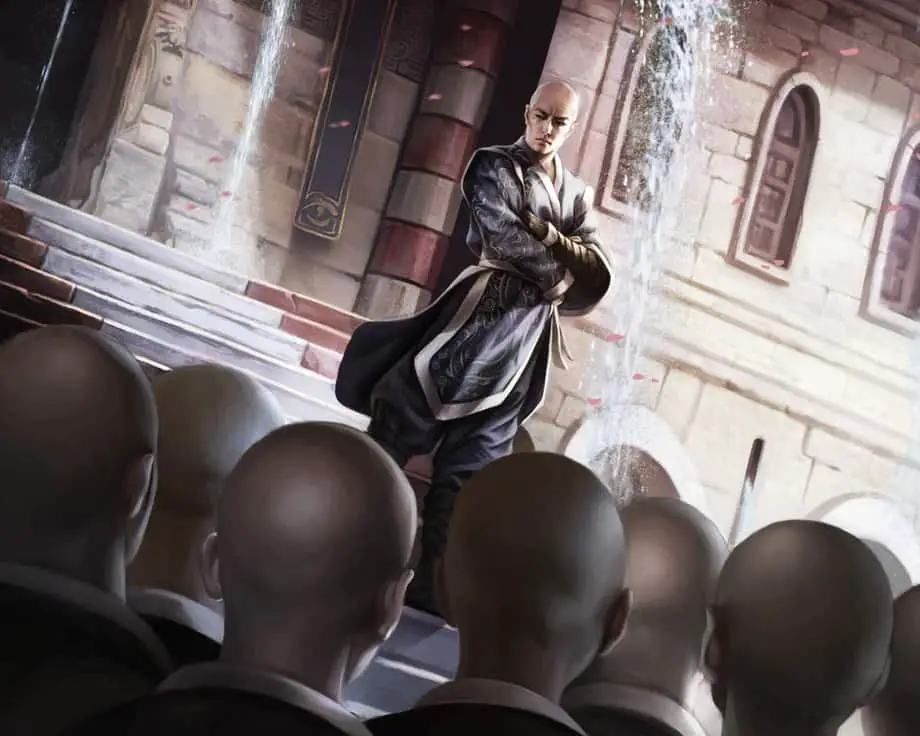
Use Legendary Resistances for Bosses
With Legendary Resistances, a creature can choose to succeed on a saving throw that they would have otherwise failed.
This is common with many bosses or otherwise powerful creatures. Think of it as a way to better even out that action economy problem we just talked about in the last section.
To prevent your boss from getting absolutely steamrolled, consider giving them some legendary resistances that they can use.
At lower levels, one or two uses is fair though you might bump that up to three uses once you hit the mid-high tiers of play.
After all, it’s frustrating to build up the suspense and anticipation of a boss encounter only to have them get immediately stun-locked and made into a punching bag!
For example, you might give the boss two or three legendary resistances that they can use per day. Meanwhile, the boss’s lieutenant might have one per day of their own that they can use to keep the threat present.
As for the minions…
If they die, they die.

Deplete Ki Resources
Monks use their ki points to fuel pretty much everything that they do.
From Stunning Strike to their Flurry of Blows or other important features, they need to carefully manage their ki. With no ki, Monks have a very difficult time.
But because these ki points power nearly everything that they do, it’s not uncommon for Monks to suddenly find themselves with no ki to spend.
By forcing the Monk to be more conscious of how they spend their ki points, you aren’t “hard countering” them. They will still have plenty of opportunities to use Stunning Strike and their other features.
However, they will need to realize that the party can’t necessarily stop and take a short rest after every encounter.
Having several encounters before the party is able to find a place to safely take a short rest is perfectly fair and an aspect of good encounter design.
Additionally, if you’re including multiple enemies as we already discussed, the Monk will have to choose their targets more carefully.
These choices are made even more important in something like a boss fight. Are they willing to sacrifice uses of their Stunning Strike to burn through the boss’s legendary resistances?
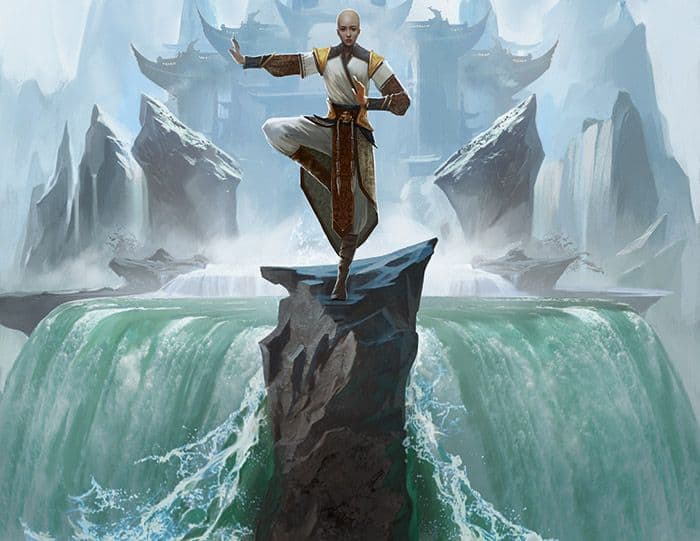
Use Ranged Enemies
Last but not least, don’t forget that Stunning Strike can’t be applied to ranged attacks. If your Monk wants to stun an enemy, they’re going to have to get up close and personal!
This lets enemies who prefer to fight at a distance operate with a certain extra level of safety.
Sure, your evil spellcaster isn’t super likely to succeed on their Constitution saving throw against Stunning Strike. But for the Monk to get to them, they’ll have to take some risky positioning while navigating spells and ranged attacks!
By using ranged enemies who are attacking from off angles that a Monk won’t be able to easily dash to (without overextending anyways), you’re creating an important choice for the Monk player to make.
Not to mention, using a mix of melee and ranged enemies is already good practice for keeping combat fun in your games!
Especially if you’re wanting to prevent a boss from being stun-locked by the Monk, make sure there are plenty of enemies between them and the party.
If the Monk is going to dart forward and instantly lockdown the boss, they’ll be doing so in a VERY dangerous position!
You Might Like: The Vital Lesson That Every DM Can Learn From South Park
Conclusion – Dealing with Stunning Strike for DMs
Monks often get ridiculed or treated as if they’re useless, but critics will also commonly go on about how Stunning Strike is overpowered.
I firmly disagree with both of those statements. Monks are awesome!
So, I hope this article has helped you figure out how to deal with Stunning Strike in your own D&D games. I think it’s perfectly possible to do so without shutting down the Monk player’s fun.
If nothing else, view it as an opportunity to improve your own skills when it comes to things like designing encounters!
Got questions, tips, or stories of Stunning Strike you’d like to share? Let’s chat in the comments!

